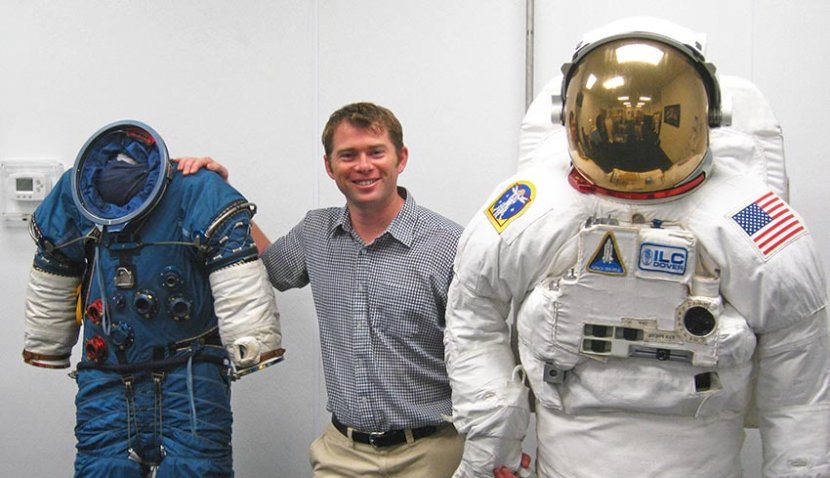Australian Space Agency backs locally-designed space suit development

Melbourne based company Human Aerospace, teamed with RMIT University, has won an $844,000 grant from the Australian Space Agency to lead development of the next generation of space suits in a major international collaboration with NASA, the European Space Agency and leading universities.
The grant will fund several advanced prototype and concept compression space suits, each designed to protect astronauts from the physical strains of space missions.
The project will help position Australia among global leaders in compression spacesuit technology. This technology is also transferrable to medical applications for burns, sports injuries, lymphedema, osteoporosis and cerebral palsy.
Director of RMIT’s Centre for Materials Innovation and Future Fashion, Professor Rajiv Padhye, said his team were eager to contribute their expertise in compression garment design and testing at their state-of-the-art facility.
“This is an exciting opportunity to show our cross-disciplinary teamwork in design and technology and to partner with the best in the world on designing suits that will have real impact on people’s health,” Padhye said.
Director and Chief Engineer at Human Aerospace, Dr James Waldie, said space travel takes a huge toll on the human body. Astronauts have been known to grow up to 7cm taller as their spines lengthen in weightlessness, leading to back pain during the mission and an increased risk of slipped discs once back on earth.
Human bodies in weightless conditions also weaken. Astronauts lose muscle and up to 2% of their bone mass every month while is space.
With future missions, such as those to Mars, likely to take well over 2 years to complete, protecting people from these health impacts presents a major challenge.
To get around these impacts, astronauts currently use exercise machines for around 2 hours each day while in space.
The team’s skinsuit helps mitigate bone and muscle loss and other health side effects of weightlessness by imitating the impact of gravity on the body.
“Being very light elastic and requiring no power, it also allows astronauts to continue working when in use, so is well suited to extended space missions,” Waldie said.

An earlier version of the skinsuit designed by Waldie flew twice on the International Space Station as part of a European Space Agency programme, where it was assessed for its operational readiness and ability to help reduce spine elongation.
Dr Waldie had previously headed the joint BAE Systems Australia/DST team, that won the Avalon 2017 National Defence Innovation Award for its work on Environmental Degradation Monitoring and Prognostics (EDMAP).
